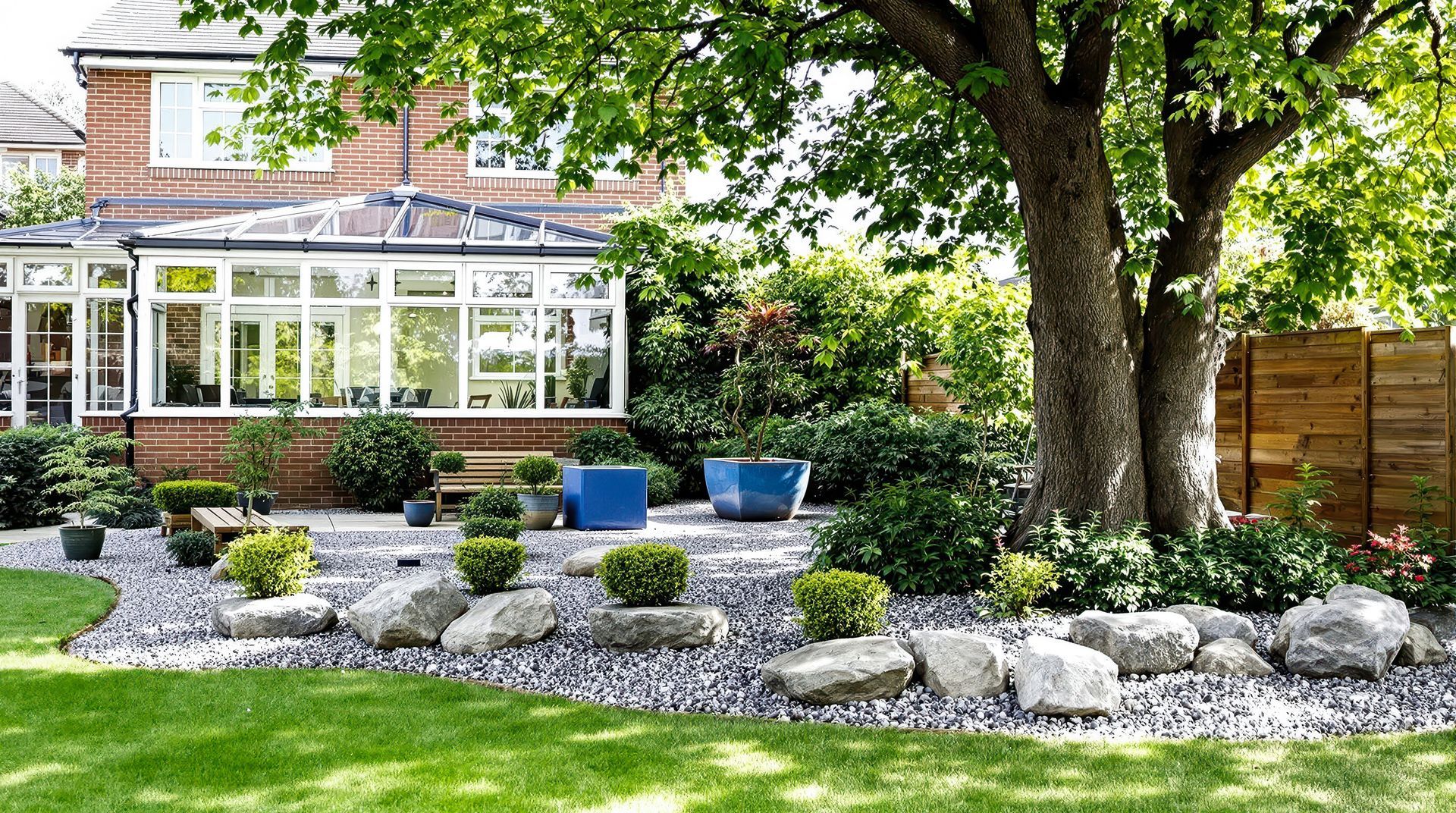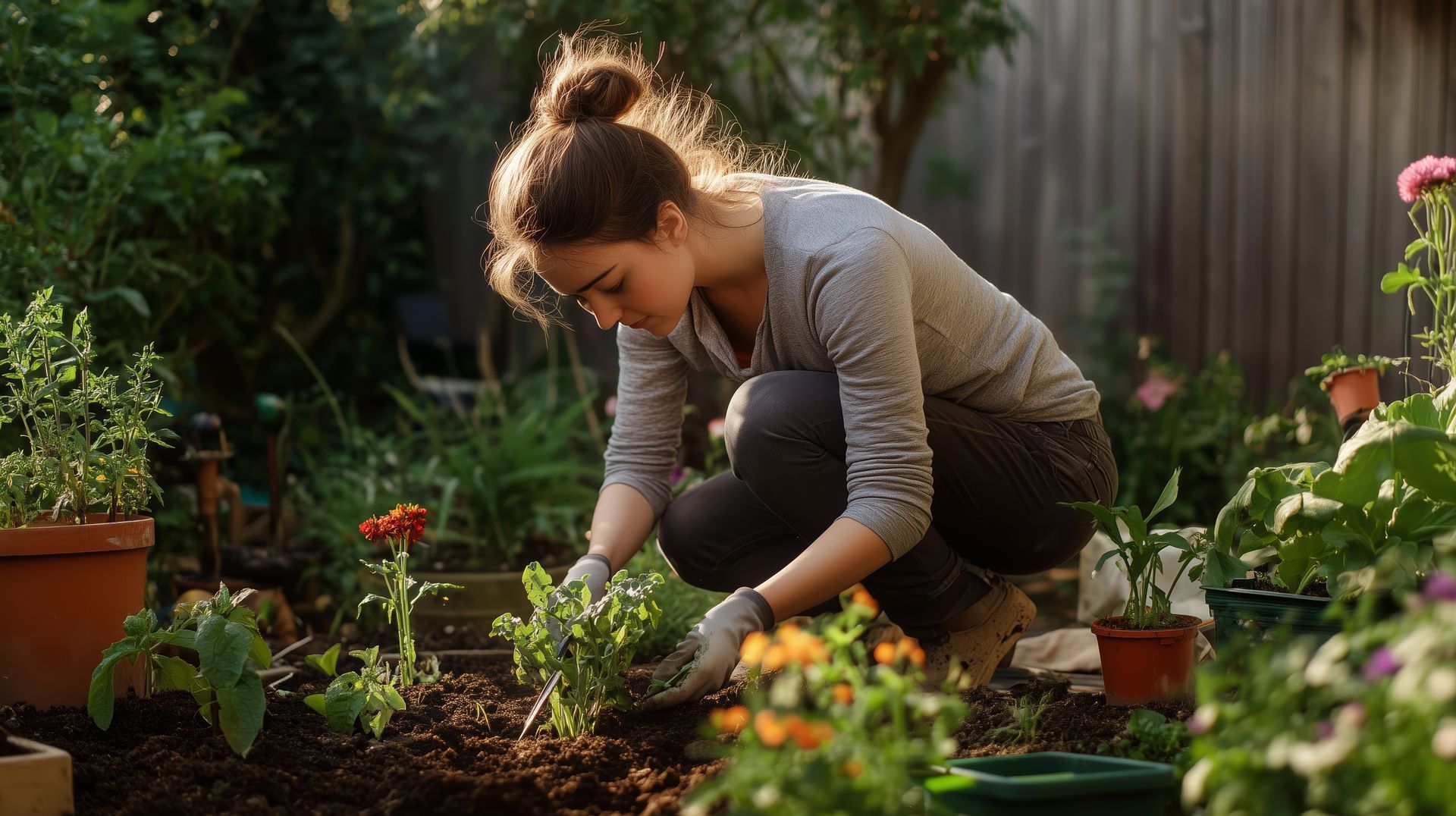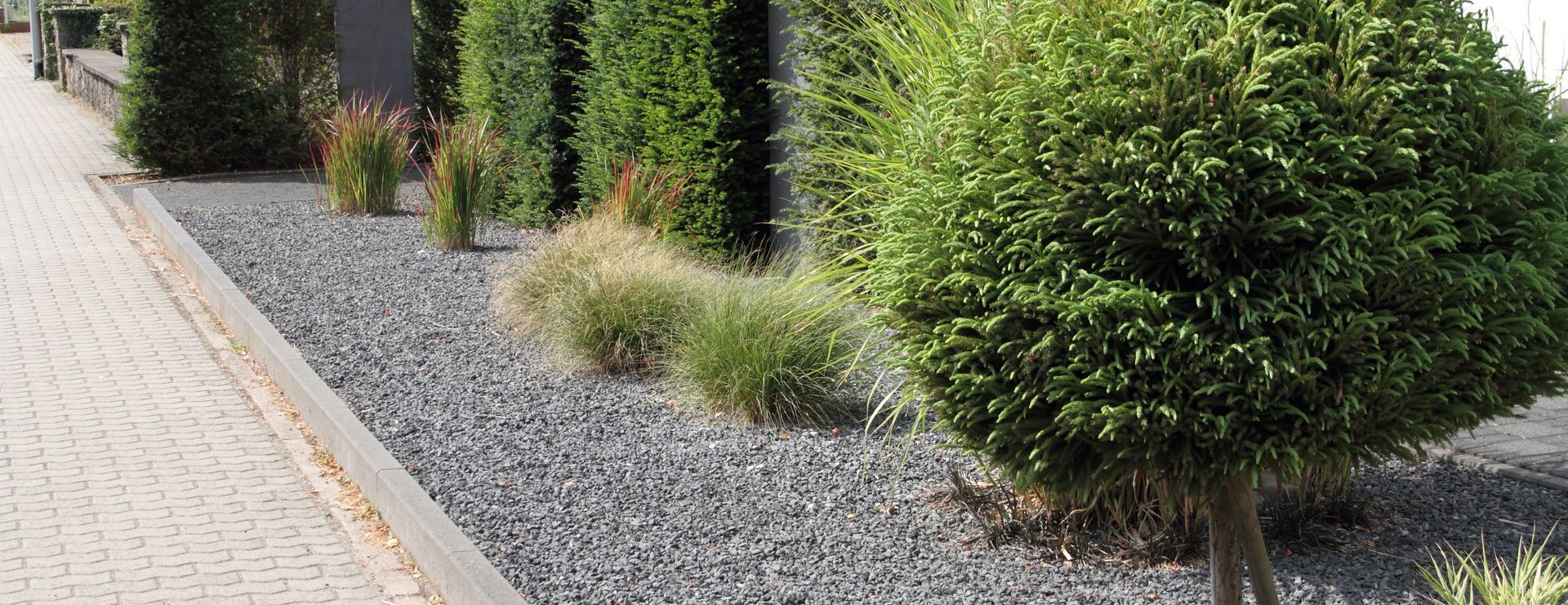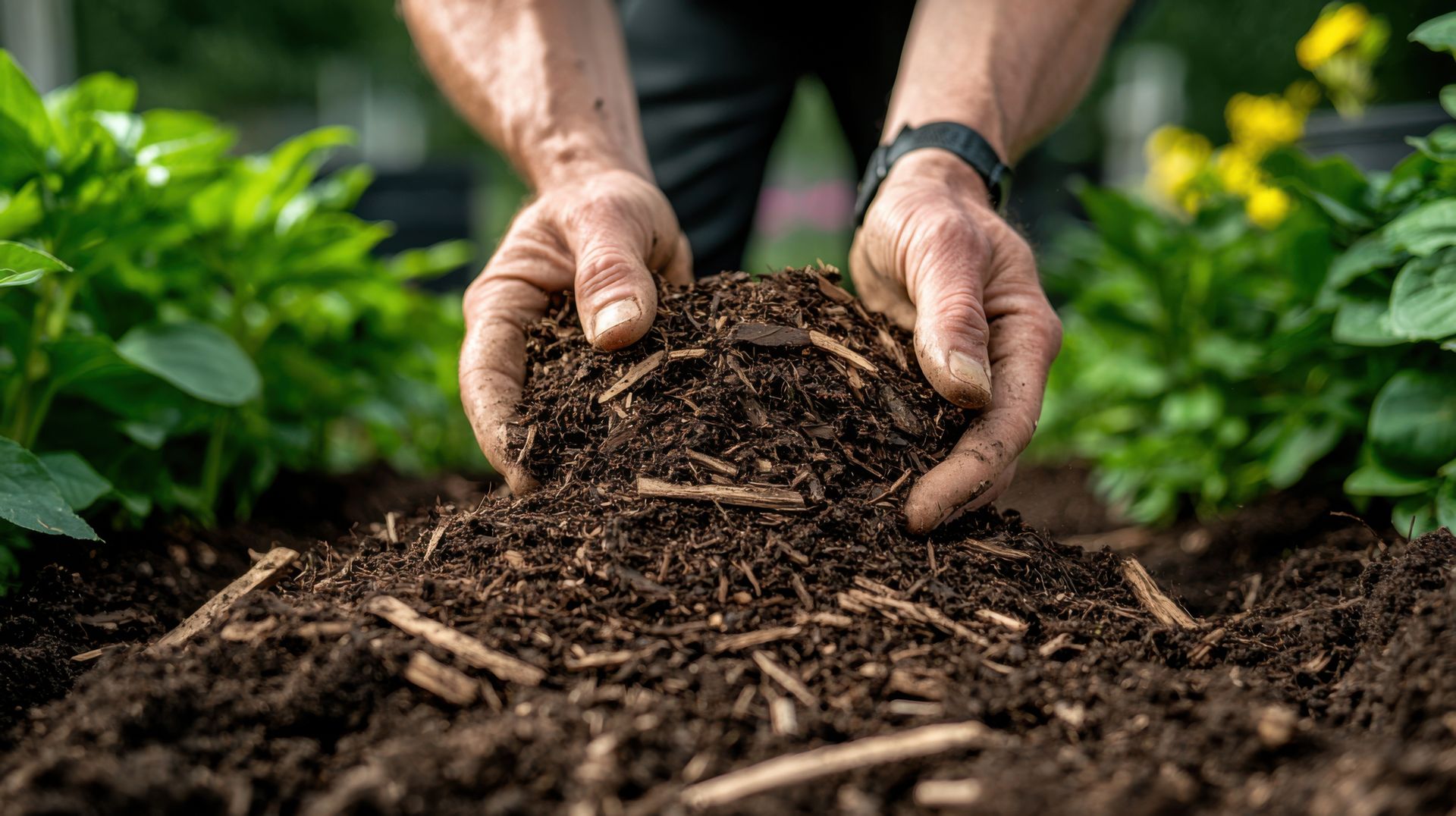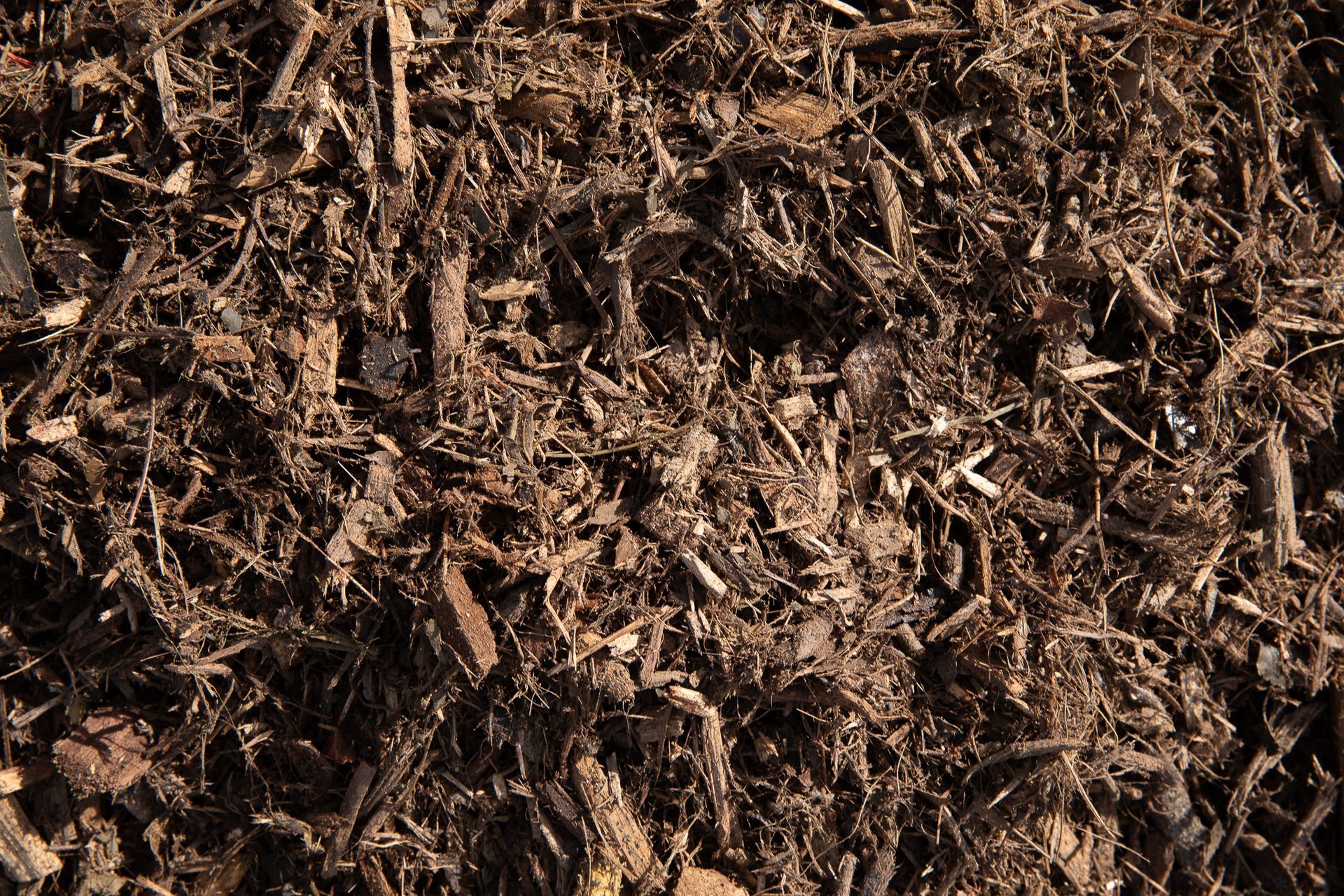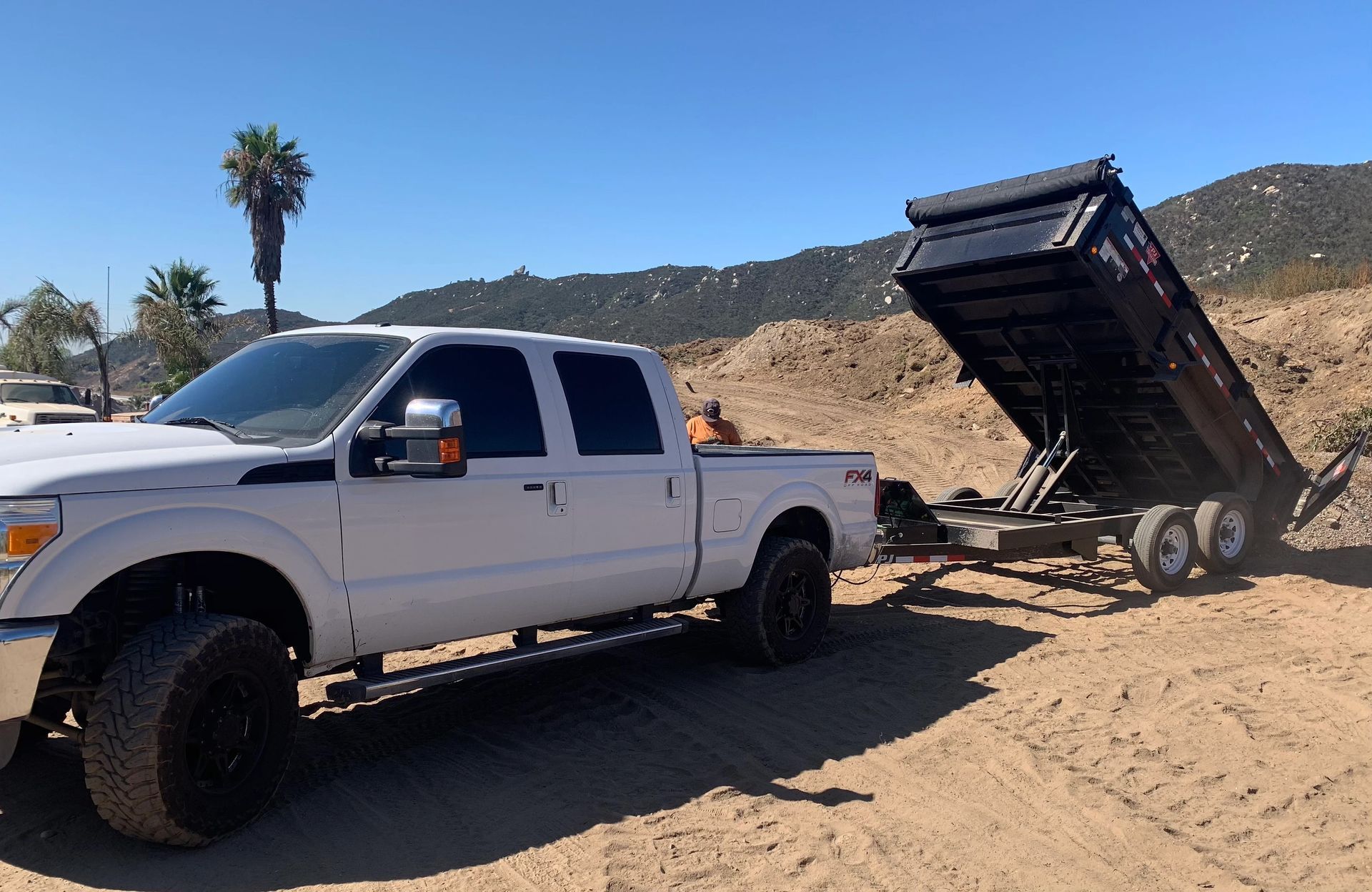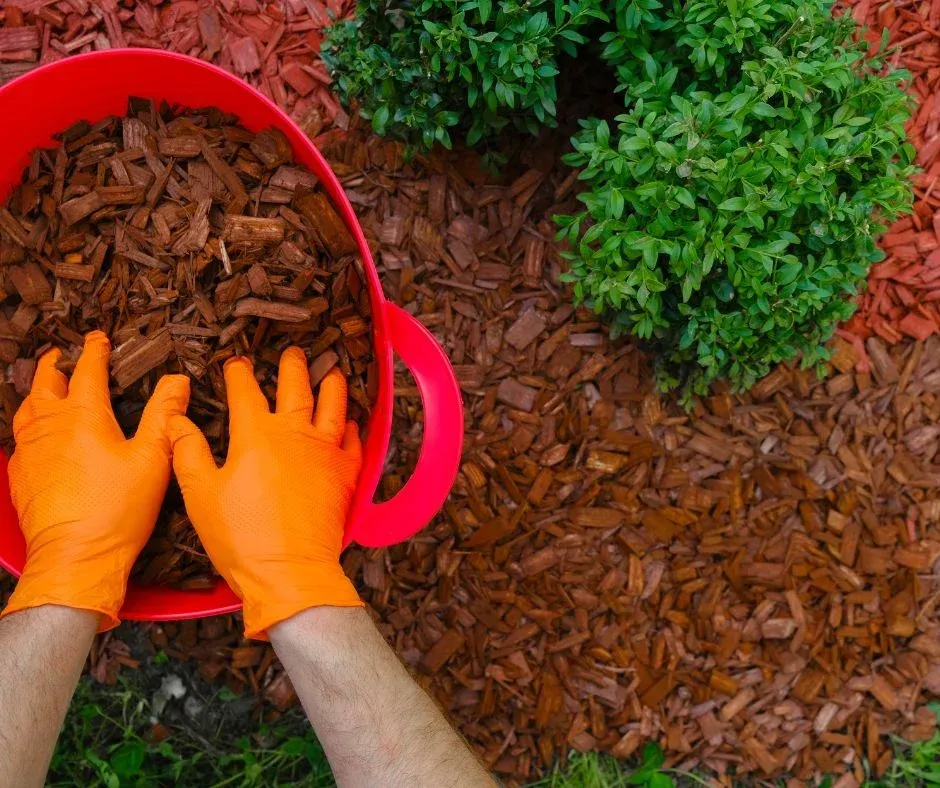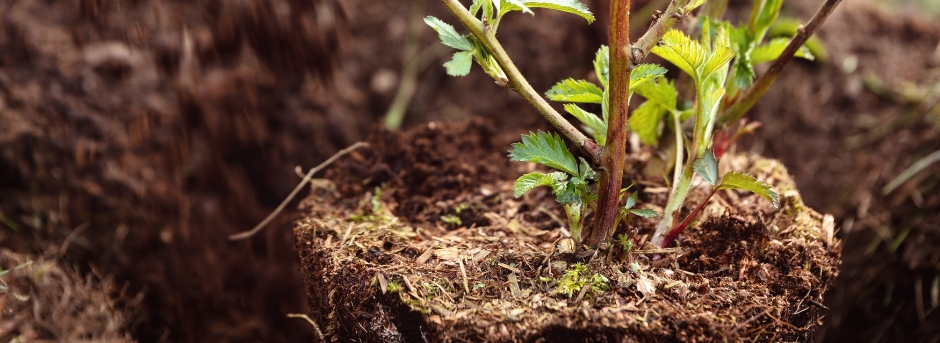Understanding Different Types of Soil for Your Landscape
Creating the perfect landscape starts with understanding the ground beneath your feet—o, more specifically, the soil. Soil is the foundation of any garden, and its type can greatly affect the health and growth of your plants. This article will explore the four main soil types: sandy, clay, loam, and silt. By understanding the characteristics of each soil type, you can choose the best one for your landscaping needs and select the plants that will thrive in your garden.
Sandy Soil
Characteristics: Sandy soil is gritty and consists of large particles of weathered rock. It is light, drains quickly, and is easy to work with. However, its quick-draining nature means it often lacks moisture and nutrients.
Best Uses: Sandy soil is perfect for plants that thrive in dry conditions. It heats up quickly in the spring, ideal for early planting.
Ideal Plants:
- Cacti and Succulents: These plants are well-suited to sandy soil's drainage and dry conditions.
- Root Vegetables: Carrots, potatoes, and other root crops thrive in loose, well-drained soils.
- Herbaceous Perennials: Lavender, rosemary, and other herbs that prefer less moist soil will thrive in sandy conditions.
Clay Soil
Characteristics: Clay soil is dense and sticky when wet and can be hard when dry. It comprises very fine particles that compact easily, making it challenging for water and air to penetrate.
Best Uses: Clay soil holds nutrients well and can support a variety of plants if properly managed.
Ideal Plants:
- Flowering Shrubs: Roses, hydrangeas, and other shrubs that need nutrients can do well in clay soil.
- Fruit Trees: Apple, cherry, and other fruit trees can thrive in clay soil due to its nutrient-rich composition.
- Perennials: Hostas and daylilies are good choices for clay soil environments.
Loam Soil
Characteristics: Loam is considered the ideal garden soil. It is a balanced mixture of sand, silt, and clay, providing good drainage, nutrient retention, and air penetration. It is fertile and easy to work with.
Best Uses: Loam is versatile and can support many plants.
Ideal Plants:
- Vegetable Gardens: Most vegetables grow beautifully in loam because of its ideal structure and nutrient balance.
- Fruit Trees and Berry Bushes: The balanced environment supports robust growth and fruit production.
- Flowering Plants: Virtually all annuals and perennials can thrive in loamy soil.
Silt Soil
Characteristics: Silt soil has a smooth, silky texture and consists of fine particles. It holds moisture better than sandy soil but is less fertile than clay.
Best Uses: Silt is excellent for moisture-loving plants and can be improved with organic matter to support a broader range of plants.
Ideal Plants:
- Moisture-Loving Plants: Willow trees and marsh plants are well-suited to the water-retentive properties of silt soil.
- Grasses and Perennials: Many grasses and perennials that require a moist environment can do well in silt.
Enhancing Your Soil
Enhancing your soil type with organic matter such as compost or peat moss can improve its structure, nutrient content, and moisture retention. Regular soil testing can also help you understand the specific needs of your soil and guide you in making the best amendments to support your landscaping goals.
Understanding the soil type in your garden is the first step toward creating a thriving and vibrant landscape. By selecting the right plants for your soil type and making the necessary adjustments, you can ensure your garden is healthy, sustainable, and beautiful.
